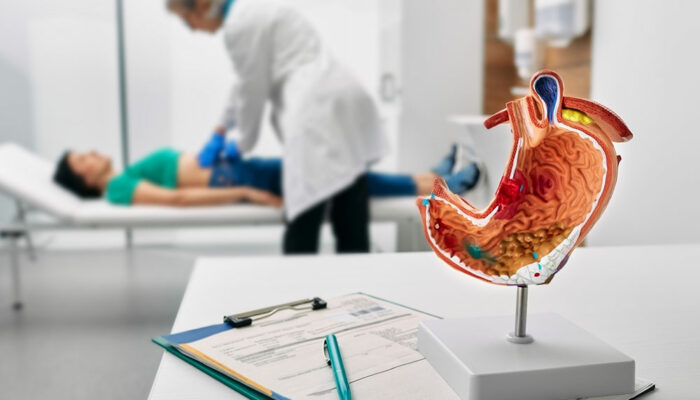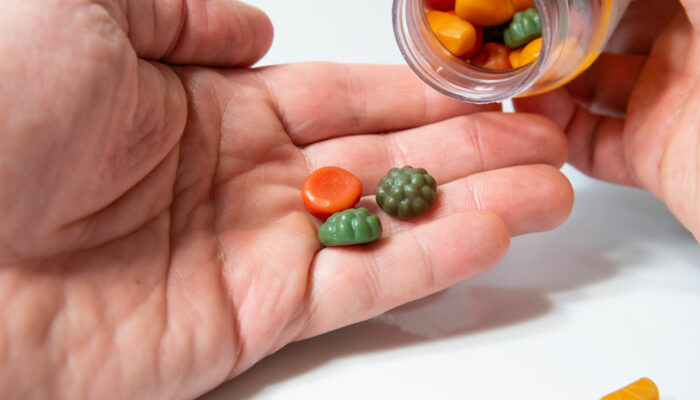
Health
6 unhealthy oral habits that damage teeth
Taking care of teeth is critical not only for maintaining dental health but also for enhancing one’s appearance. Moreover, having well-shaped, pearly white teeth can make one’s smile more alluring. To ensure the teeth stay healthy and in good condition, one has to develop good dental habits such as brushing and flossing daily. Additionally, one has to steer clear of certain unhealthy certain unhealthy habits that can damage teeth quickly. Here are some examples of such habits: Biting nails Nails are made from a strong and abrasive material called keratin. Chewing on them for too long and too frequently can cause cracking of teeth and enamel erosion in the long run. Additionally, biting nails frequently can cause one’s jaw to undergo positional issues. If ignored, the habit can cause long-term issues such as jaw dysfunction and temporomandibular joint disorder. Apart from damaging one’s jaw, the nail-biting habit can also introduce harmful bacteria into the mouth, which can cause bad breath and decaying of teeth. Chewing on inedible objects In many instances, people, out of habit, involuntarily chew on objects like pencils, paper, spoon ends, pens, and other objects that are not supposed to be chewed or consumed. Sharp and conical objects can cause damage to one’s teeth and gums.
Read More 








